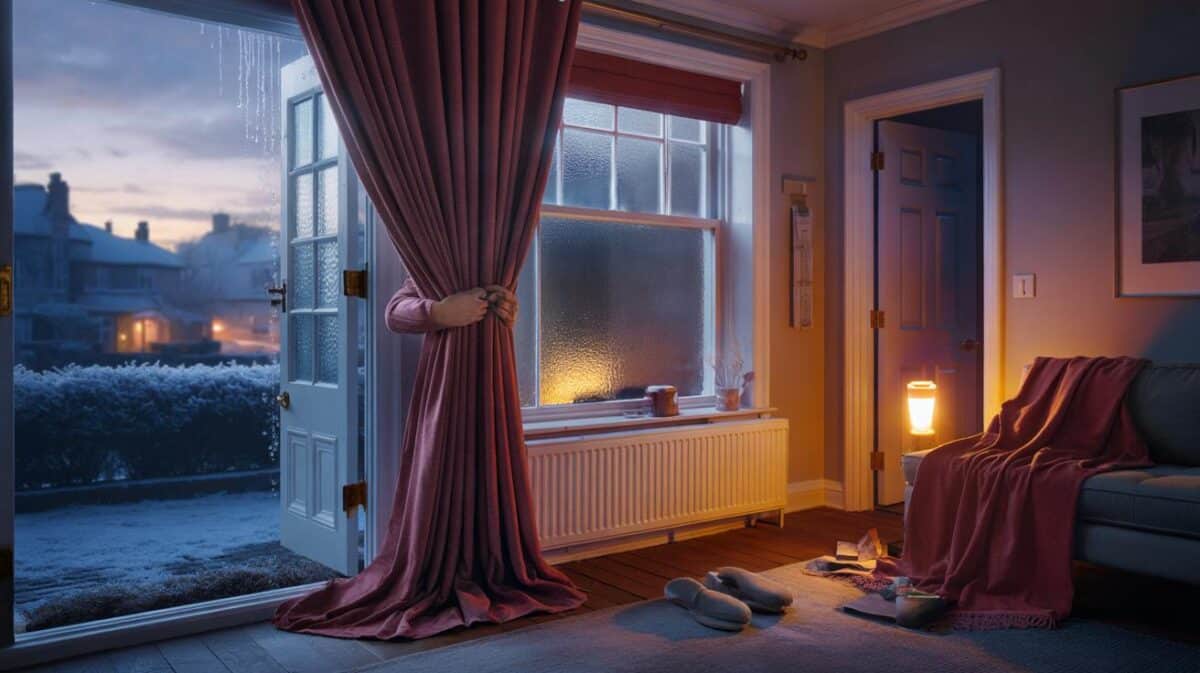Put one of these tracks on and the air changes. Shoulders relax. Old lyrics surface without effort. Neuroscience calls it the reminiscence bump; you might call it getting your years back, if only for a chorus.
Why these eight tracks still hit harder
Your brain files certain songs with unusual care between ages 15 and 25. Psychologists call that stretch the reminiscence bump, and it overlaps exactly with peak Boomer listening years. When a familiar intro starts, networks tied to autobiographical memory light up, including the hippocampus and areas of the prefrontal cortex. Dopamine joins the party, which helps lock recall and enhances mood.
It isn’t just memory. Rhythm can steady breathing, while a well-loved chorus lowers perceived stress. That is why a school dance slow-burn or a radio staple can change a room of seventy-somethings faster than small talk ever could.
Music heard often in late adolescence tends to feel lived, not recalled — like opening a door rather than reading a diary.
The soundtrack: eight songs, eight flashpoints
From poetic gloom to sunlit surf, these staples carry vivid scenes. Not because they were the only hits, but because they arrived at formative moments — first jobs, first cars, first heartbreaks, first principles.
| Song | Artist | Year | Why it takes you back |
|---|---|---|---|
| The Sound of Silence | Simon & Garfunkel | 1964 | Gave permission to feel bleak and thoughtful, acoustic in hand, when certainty began to wobble. |
| Good Vibrations | The Beach Boys | 1966 | Bottled late-summer optimism before headlines turned heavy, all sun, surf and unspent futures. |
| White Rabbit | Jefferson Airplane | 1967 | Turned reading lists into rebellion, fusing literature, psychedelia and a dare to think differently. |
| Let It Be | The Beatles | 1970 | Swapped shouting for solace; a song about acceptance that felt like growing up in real time. |
| American Pie | Don McLean | 1971 | Eight minutes that mourn heroes and eras, while inviting every listener to decode their own decade. |
| Hotel California | The Eagles | 1976 | Beauty and trap in one place, mirroring success that began to feel like a gilded cage. |
| Stairway to Heaven | Led Zeppelin | 1971 | From hush to howl, a slow-build epic that scored school halls, garages and big, early beliefs. |
| Bridge Over Troubled Water | Simon & Garfunkel | 1970 | Comfort sung straight; a promise to stay when movements faded and responsibilities arrived. |
Three chords can unlock a decade. One chorus can turn chatter into shared silence, and silence into relief.
What people say they feel in those first bars
First loves and cheap petrol
Memories rush in sensory layers. The smell of a friend’s borrowed jacket. The snap of a cassette case. Petrol at prices that now seem mythical. A verse lands and you remember a road you could drive blindfolded, and a laugh that still makes sense.
From protest to responsibility
Several of these songs sit at the hinge between defiance and duty. One moment you’re scribbling slogans on a poster. The next you’re holding a newborn, deciding what to keep from the fight and what to lay down gently.
Grief that doesn’t unmake joy
Ballads like Let It Be and Bridge Over Troubled Water now carry funerals, not just parties. The ache can be kind. The lyric lands, and it grants permission to miss someone without losing the rest of the day.
How to run a mini time-travel session at home
- Pick six to ten tracks that were on heavy rotation between ages 15 and 25.
- Use decent speakers or headphones, and keep volume under 85 dB to protect hearing.
- Open with a bright, familiar single. Follow with a deeper cut. End the set with comfort.
- Invite stories with simple prompts: “Where were you when this played?” “Who stood beside you?”
- Keep a notebook handy. Jot three words per song. Patterns appear quickly.
- If emotions spike, press pause. Breathe. Return when the room settles.
Nostalgic listening can lift mood for many older adults and spark conversation that coffee alone rarely starts.
What the research suggests about the payoff
Studies on musical memory show that familiar tracks can ease anxiety, nudge blood pressure down and improve recall of personal events. The default mode network — the brain’s story-building engine — comes online during reflective listening, which may explain the urge to narrate when the chorus lands. Music therapists use these effects in care homes to help residents connect, sit longer with shared moments and reclaim first-person stories.
There are limits. Some pieces trigger grief or regret, especially around bereavement, breakups or stalled dreams. Balance the setlist. Mix bright keys with slower tempos. Allow for silence. Let the listener lead, and keep tissues and water near to hand.
Beyond the classics: tailor your own eight
Not every Boomer grew up on the same dial. Motown lit up millions. So did folk revival records and early hard rock. If your memories sit with The Temptations, Joni Mitchell, Marvin Gaye, Carole King, Otis Redding or The Kinks, swap them in. The principle stands: choose songs tied to real places, real people and repeated plays.
Try a two-sides template. Side A: dance-floor certainties and driving songs. Side B: reflection, warmth and the track you still can’t skip. If you now care for ageing parents, consider one track from their twenties and one from yours; trade memories and let the years meet in the middle.
Practical extras you might not have considered
Thinking of sharing music in a community hall or café? In the UK you may need licences for public play. Check PRS and PPL requirements before you press play in a public space. For private homes, you can relax and concentrate on comfort, safety and the right volume.
Vinyl brings tactile joy but needs care. Store records upright, keep sleeves clean and avoid heat. If you prefer streaming, build a dedicated playlist and download tracks for offline play, so a lost signal doesn’t break the spell mid-chorus.
For memory-keeping, try a simple exercise. After each listening session, write one postcard to your younger self about what a specific song gave you. Over a month you will collect a stack of short notes that reads like a map — far more helpful than a foggy timeline.
If you plan a long drive with strong nostalgia, assign the passenger to manage the setlist. Big emotions can pull attention from the road. Save the heaviest tracks for the last five minutes at the kerb outside home.









Played Let It Be for my dad last week—his shoulders litterally dropped. Is that the reminiscence bump doing its thing, or just great songwriting? Either way, he said he felt ten years younger.